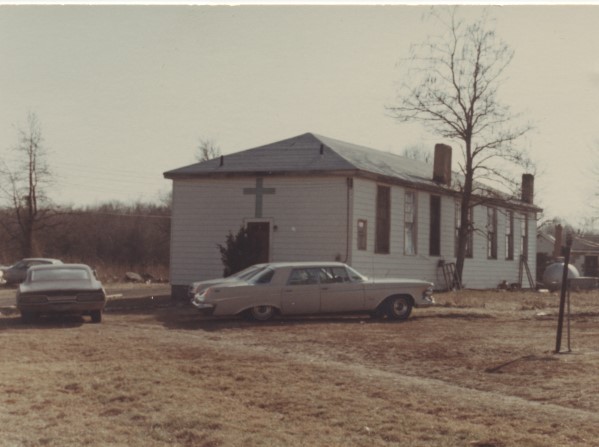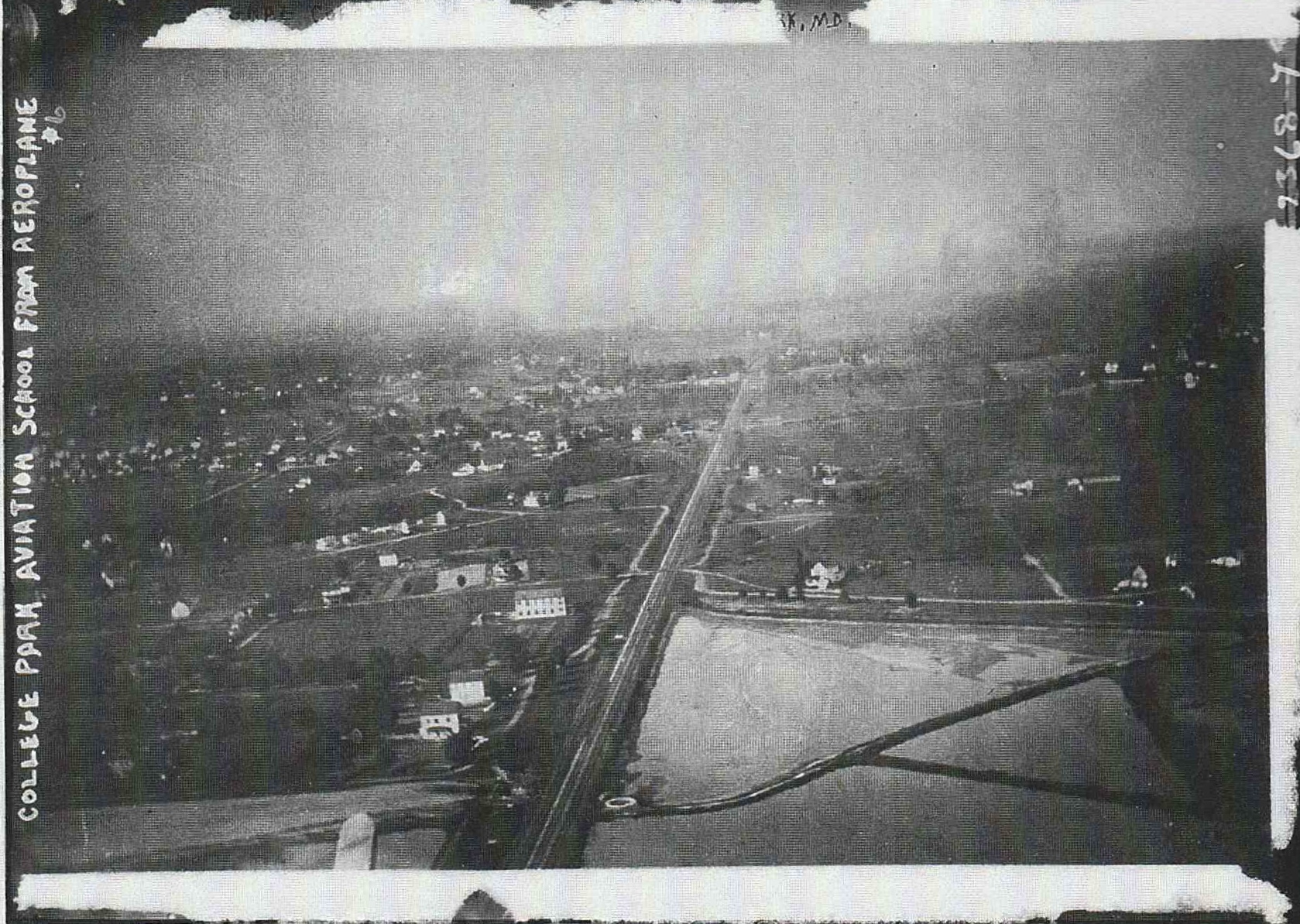
Little New Zion Fire Baptized Holiness Church
Formally Lakeland Elementary School building was converted for use as a church and residential rental unit

Formally Lakeland Elementary School building was converted for use as a church and residential rental unit

Aerial image of lakes, community and surrounding area

Aerial Photograph of lakes, airport and environs.
The Baltimore Sun November 4, 1907 Page 7 Henry Bishop owner of Aquariums in Lakeland, Maryland died. He worked to set up a zoo in Baltimore. Born in Germany Bishop was a seafarer before settling in Baltimore. As a youngster he gained a an interest in nature studies. His work included a time in the employ of P. T. Barnum. He built a business which sold more than 1.5 million goldfish a year and had what is thought to be the worlds largest fish breeding operation located in Lakeland. His company supplied fish to Battery Aquarium, New York, Detroit, National Zoo, Young’s Pier, Atlantic City, Luna Park in Pittsburg, and more.
Death report along with biography of former ruler of a group of Indian providences. He made a tour of the Lakeland fisheries operation with Edwin Newman in 1907. The Gaekwar of Baroda was a progressive leader and world traveler.
Washington Post December 3, 2017 Page C3 John Kelly's Washington Henry Bishop, known as the “Gold Fish King” was a German immigrant who turned an interest in birds and fish into a successful business. His company sold the goldfish as well as aquariums, plants, ornaments, and food with the fish having their origin in Lakeland. Edwin Newman started his promotion of Lakeland with homes for sale on monthly payments. A main feature of the development was a park with Lake Artemisia. The lake was stocked with fish and outfitted with boats. Soon Mr. Bishop was using the body of water to raise his fish. In time there were about 25 acres of breeding ponds. The government also used pods in the area for breeding fish. A 1915 report detailed the excellent results of the operation in Lakeland. In Lakeland whites lived on the west while African Americans lived to the east. It is unclear when the use of fish ponds was discontinued. When the Metro’s Green Line was being built engineers realized the land in the are held sand and gravel which could’ve used for construction . One of their number Johann Sikkar proposed a cost saving measure of using that local gravel. Carrying out that plan resulted in a 38-acre park. Helping Hand Fundrasing campaign is underway to raise money for Bright Beginnings, N Street Village, and So Others Might Eat. The goal is $200,000 with $39,613 donated.
Washington Post July 26, 1992 Page B5 The Implausible Park; Metro Fashions New Oasis in Berwyn Heights Fehr, Stephen C. With flooding of Indian Creek, it was difficult to get to the new park built by Metro. The building of a park by a transit agency is unique. It was possible because of cost savings from use of fill from the Lakeland site for the building the Metro line. To bring material from another place would have cost $11.5 million and caused damage to local streets. Metro engineer, Johann Sikkar recommended digging the fill from “an undeveloped 38-accre area near the track bed”. The adoption of this concept saved $3.5 million. This made the new park basically free.
Showing Proposed Enlargement To 1,030 Acres- Exhibit to House Bill No. 27502 and Senate Bill No. 8108 Third Session 62nd Congress “A field of level land two & one half miles long and three-fourths of a mile wide, seven miles from the Capital building on the main line of the Baltimore & Ohio Railroad between Washington and Baltimore. Four stations with sidings fronting on the property viz. Riverdale, College Park, Lakeland and Berwyn Electric railways and boulevards direct to Washington bordering the field on both sides” Third Session of 62nd Congress = 1912-1913

Hangers and ponds are visible along with portion of Lakeland

Airport, industrial area, lake and portion of Lakeland

Airport and lakes along with a portion of Lakeland Property of US Army Air Services

Map of residences in eastern section of Lakeland based on information from Pearl Lee and James Edwards III Page from eastern Lakeland report